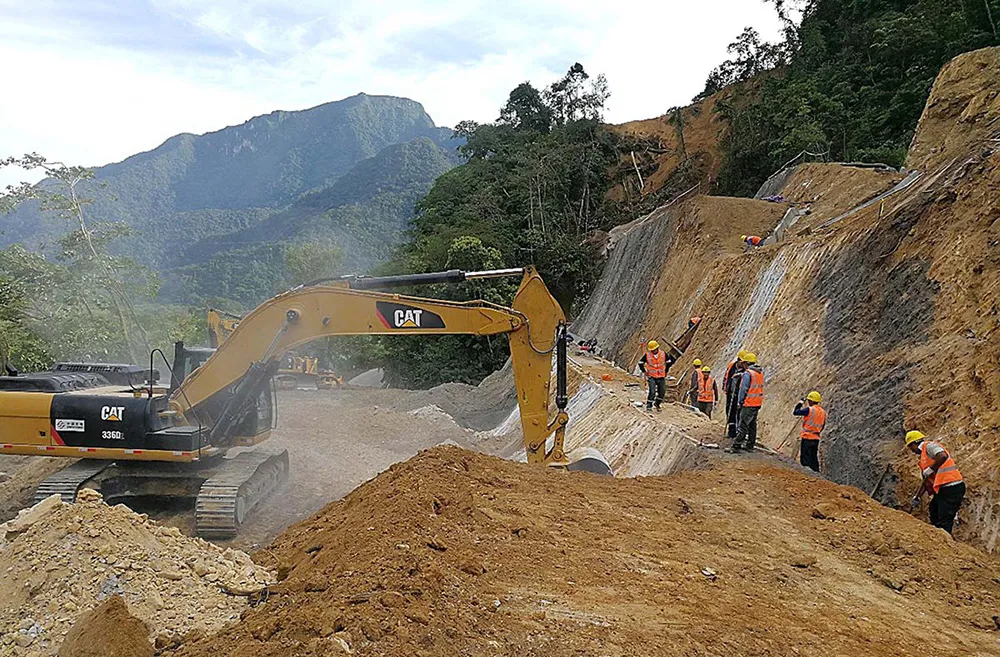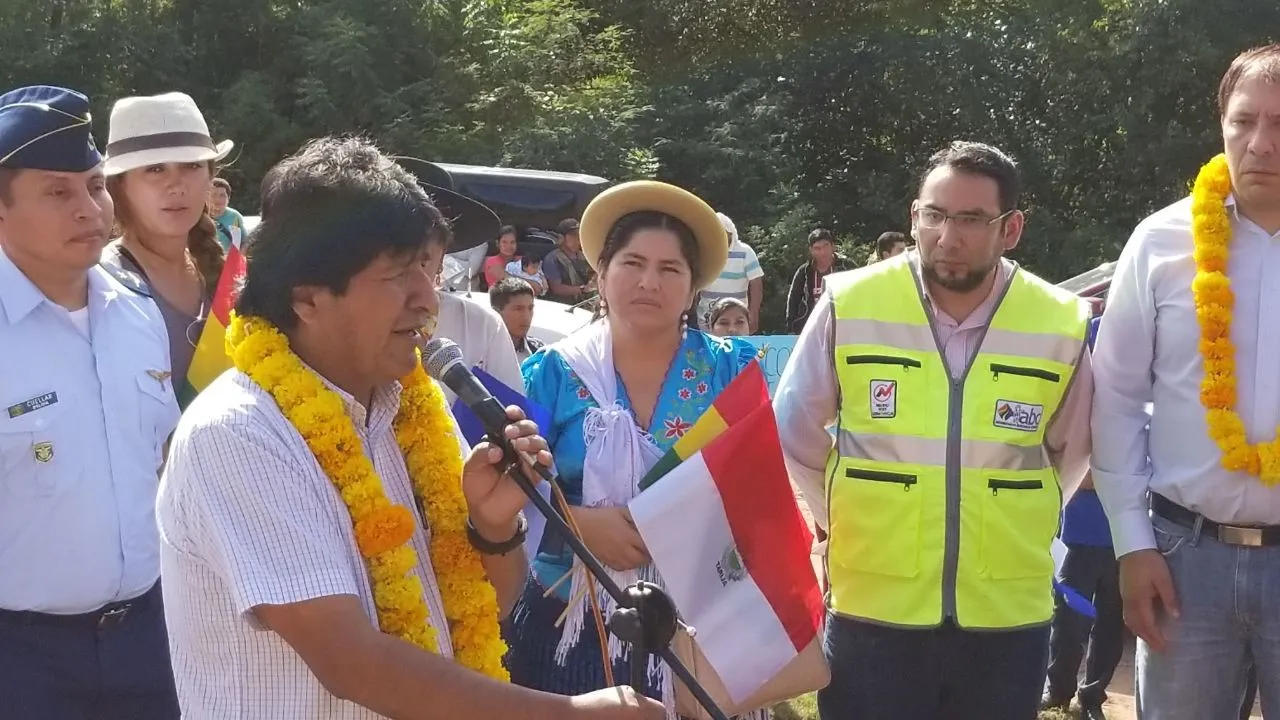Bolivia's authorities are planning to spend US$200 million on new infrastructure.
February 27, 2012
Read time: 1 min
Bolivia's authorities are planning to spend US$200 million on new infrastructure. One of the key projects will be a new two lane road link between La Paz and Oruro. Transport links are key to the land-locked country's economy.








